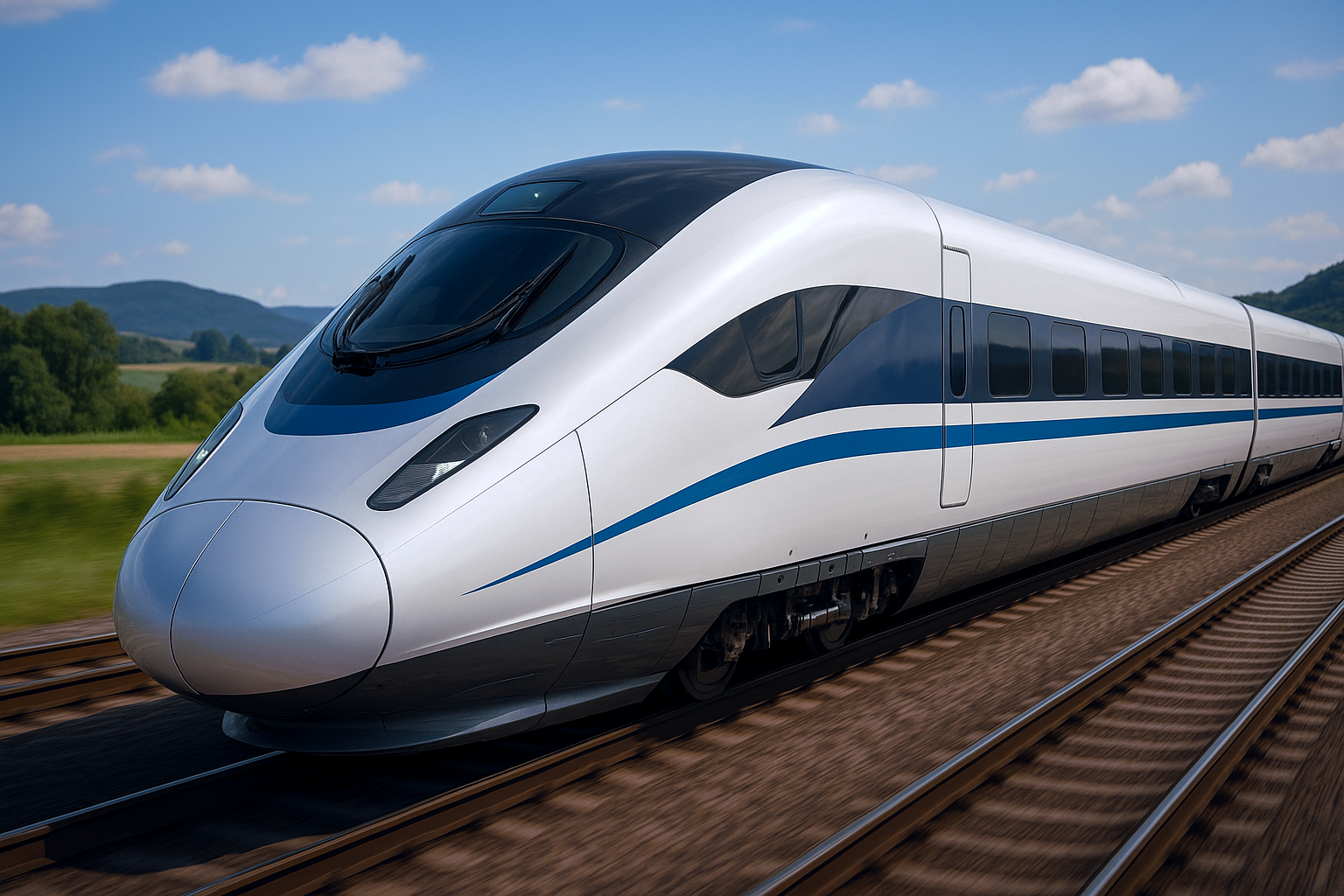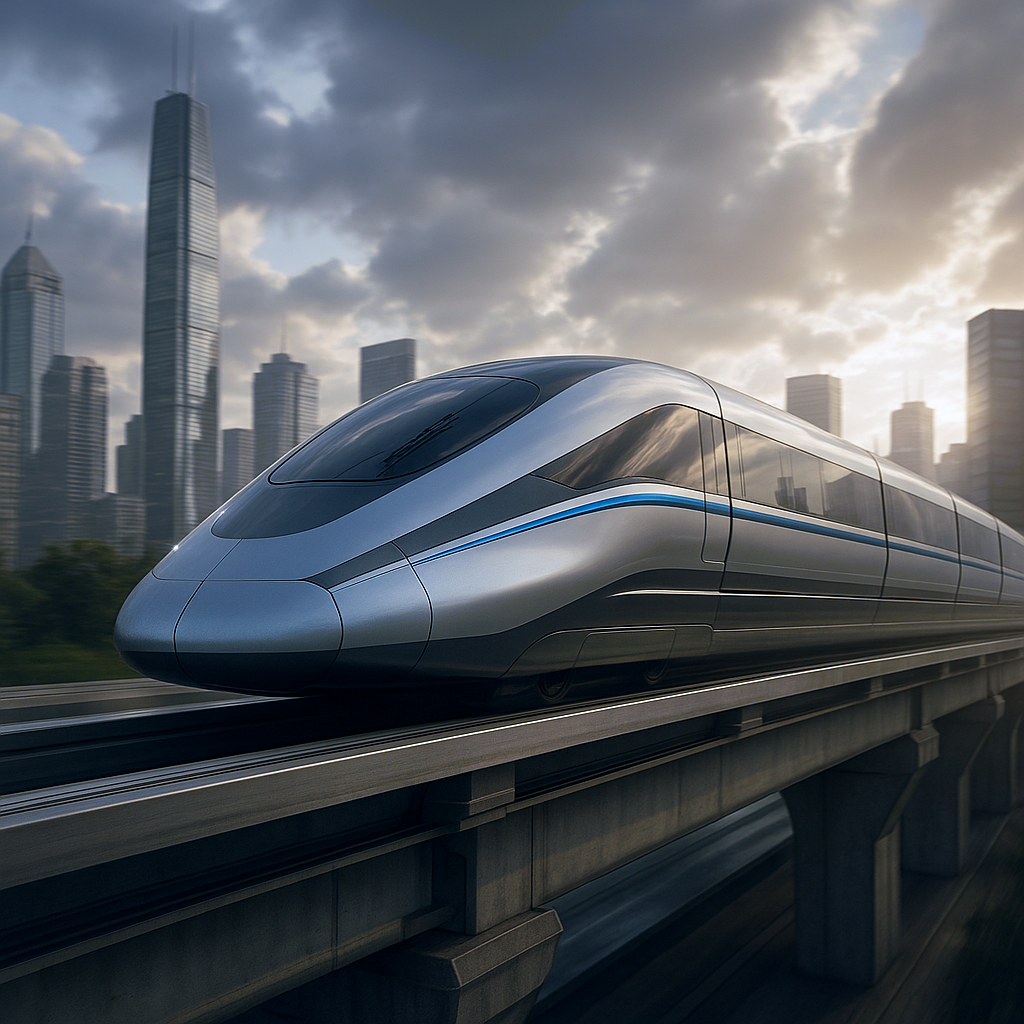
Rail transit
Mica Solutions: Essential High-Temperature for Rail Transit

Modern rail transit systems demand exceptional materials capable of withstanding extreme operational challenges. From high voltage electrical systems to high-temperature protection applications, railway infrastructure requires insulation materials that deliver consistent performance across a wide range of operating temperatures. Yuefeng Mica's specialized products provide critical safety solutions ensuring reliable operation while meeting stringent industry standards.
Why Rail Transit Demands Superior Insulation Materials
Rail transit vehicles face unique operational demands that set them apart from other transportation modes. These systems must handle high frequency electrical operations while managing extreme temperatures and maintaining safety standards that protect both equipment and passengers.
Mica tape serves as the foundation for many critical applications in rail transit, offering superior electrical insulation combined with outstanding heat resistant properties. Unlike conventional materials that degrade under stress, mica maintains its protective characteristics even when subjected to extreme highs in both temperature and electrical load.
The mineral composition of mica provides inherent advantages for industrial applications where reliability cannot be compromised. Its crystalline structure offers excellent corrosion resistance while maintaining flexibility needed for complex installations, making it ideal for applications requiring long-term performance under demanding conditions.
Motor Insulation Systems: Protecting Rail Transit Power
Traction motors represent the most critical component in electric rail systems, converting electrical energy into mechanical motion that propels trains at higher speeds. These motors operate under continuous high voltage stress while generating significant heat during normal operation.
Advanced Winding Protection Solutions
The stator and rotor windings in rail transit motors require robust protection from electrical and thermal stress. Muscovite mica tape provides an essential insulation layer that prevents electrical breakdown while maintaining structural integrity under extreme operating conditions.
Modern traction motors operate at voltages exceeding 3,000V while handling high frequency switching that would destroy conventional insulation materials. The dielectric strength of properly applied mica tape exceeds 18kV/mm, providing substantial safety margins even under fault conditions.
Temperature management becomes particularly critical during acceleration cycles when motors experience peak thermal stress. Phlogopite mica paper offers superior high temperature resistance, maintaining its insulating properties at temperatures reaching 200°C during continuous operation.
Connection and Lead Wire Protection
Motor lead wires and internal connections face unique challenges in rail transit applications. The constant vibration and thermal cycling experienced during operation can cause traditional insulation to crack or separate, leading to potential safety hazards.
Mica tubes provide flexible protection for lead wires while maintaining excellent tensile strengths needed to withstand mechanical stress. These specialized products combine the heat resistant properties of mica with the flexibility required for dynamic applications.
The radio frequency interference generated by modern power electronics demands materials that provide effective shielding without compromising primary insulation functions. Mica-based solutions offer natural RF attenuation while maintaining their core protective properties.
Fire-Resistant Cable Systems: Critical Safety Infrastructure
Railway safety standards demand cable systems that maintain functionality during emergency conditions. Power cables and control cables must continue operating even when exposed to extreme temperatures during fire situations, providing essential services like emergency lighting and communication systems.
Power Cable Fire Protection Technology
Fire resistance requirements for rail transit applications exceed those found in most other industries. Standards like EN 45545-2 specify that critical cables must maintain circuit integrity for at least 30 minutes when exposed to flames exceeding 800°C.
Calcined mica tape forms the backbone of fire-resistant cable construction, creating a ceramic-like barrier when exposed to high temperatures. This barrier prevents flame penetration to the conductor while maintaining electrical continuity during the critical initial period of a fire emergency.
The environmental challenges faced by railway cables extend beyond fire resistance. Power cords and control systems must withstand moisture, chemical exposure, and physical damage while maintaining reliable operation across a wide range of ambient conditions.
Control Cable Integrity Systems
Modern rail transit vehicles incorporate sophisticated control systems that manage everything from propulsion to passenger comfort systems. These control cables require specialized protection that ensures signal integrity while providing robust environmental protection.
Synthetic mica paper offers consistent thickness and electrical properties that make it ideal for precision control applications. The manufacturing process eliminates natural variations found in mineral mica, providing predictable performance characteristics essential for critical control circuits.
High-Voltage Equipment Protection and Thermal Management
Railway electrical systems incorporate high-voltage equipment including transformers, switchgear, and power conversion systems that require specialized insulation solutions. These components operate continuously under electrical stress while managing substantial thermal loads.
Switchgear Insulation Solutions
High-voltage switchgear in rail applications must handle both AC and DC systems with voltages ranging from 1,500V DC to 25kV AC. The insulation systems must provide reliable protection while maintaining compact dimensions required for vehicle installations.
Mica plates serve as busbar supports and terminal insulators in switchgear applications. These components must withstand the mechanical forces generated during switching operations while providing consistent electrical insulation across varying environmental conditions.
The thermal cycling experienced by switchgear during operation creates expansion and contraction that can stress insulation systems. Mica's natural stability across extreme temperatures ensures long-term reliability without degradation of electrical properties.
Braking System Thermal Protection
Regenerative and friction braking systems in modern rail vehicles generate substantial heat during operation. Emergency braking can create instantaneous temperatures exceeding 600°C in brake components, requiring effective thermal barriers to protect surrounding equipment.
Hard mica boards provide structural thermal barriers between brake assemblies and vehicle components. These materials maintain their protective properties even under the thermal shock conditions experienced during emergency stops.
Advanced Applications in Modern Rail Transit
Contemporary rail systems incorporate increasingly sophisticated technologies that create new challenges for insulation materials. From high-speed operations to energy recovery systems, modern applications demand materials that can adapt to evolving requirements.

Energy Storage and Power Management
Battery energy storage systems and supercapacitors used in modern rail applications create unique insulation challenges. These systems operate at high voltages while managing rapid charge and discharge cycles that generate substantial heat.
Flexible mica sheets provide conformable insulation that adapts to complex geometries while maintaining excellent electrical properties. These materials offer the flexibility needed for battery pack applications while providing robust thermal protection.
The high performance characteristics of mica make it ideal for applications where space is limited but safety requirements are stringent. Energy storage compartments benefit from mica's ability to provide both electrical insulation and thermal protection in compact configurations.
Environmental Considerations and Future Development
Modern rail transit systems must meet increasingly stringent environmental regulations while maintaining operational performance. Insulation materials play a crucial role in both environmental compliance and system efficiency.
The production of mica-based insulation materials involves processes that minimize environmental impact while maintaining product quality. Mica processing techniques have evolved to reduce waste and energy consumption while improving material properties.
As rail systems achieve higher operating speeds, the demands on insulation materials increase correspondingly. The development of specialized mica products for high-speed applications focuses on maintaining traditional benefits while addressing new performance requirements.
Ensuring Rail Transit Safety and Reliability
The critical role of high-performance insulation materials in rail transit safety cannot be overstated. From protecting high-voltage systems to ensuring control cables and power cables function reliably under extreme conditions, advanced insulation solutions like mica tape directly underpin the safe operation of modern rail networks.
Yuefeng Mica's dedication to innovation, compliance with rigorous industry standards, and extensive experience in rail transit applications make it a trusted partner for operators seeking robust, future-ready insulation systems. As demands on rail systems continue evolving through higher speeds and greater energy efficiency, selecting the right insulation material becomes increasingly critical for long-term safety and performance.
For rail operators seeking to enhance safety and improve reliability, explore Yuefeng Mica's comprehensive product range or contact our specialists for personalized recommendations. Transform your rail systems with materials engineered for extreme demands—ensuring passenger safety while maximizing operational efficiency for decades of reliable service.





